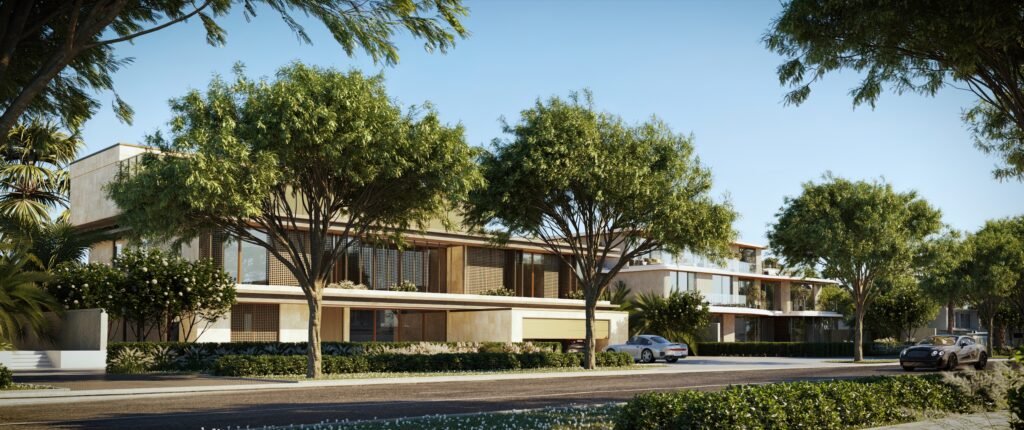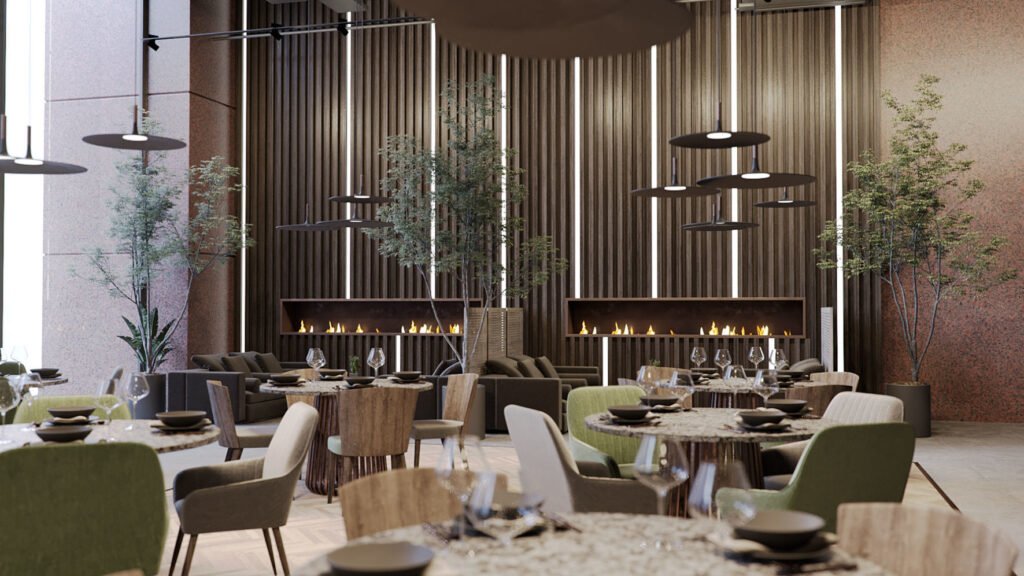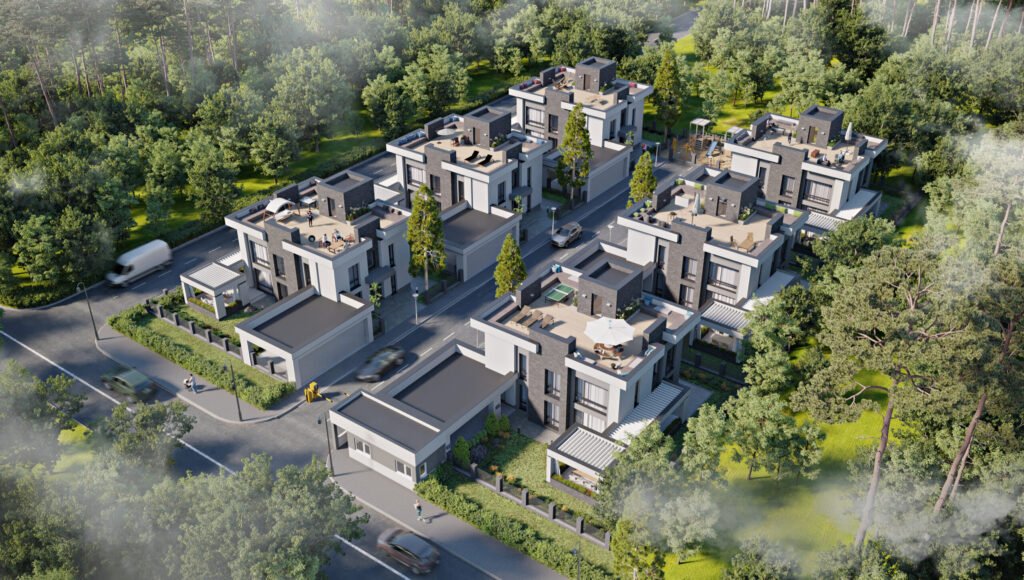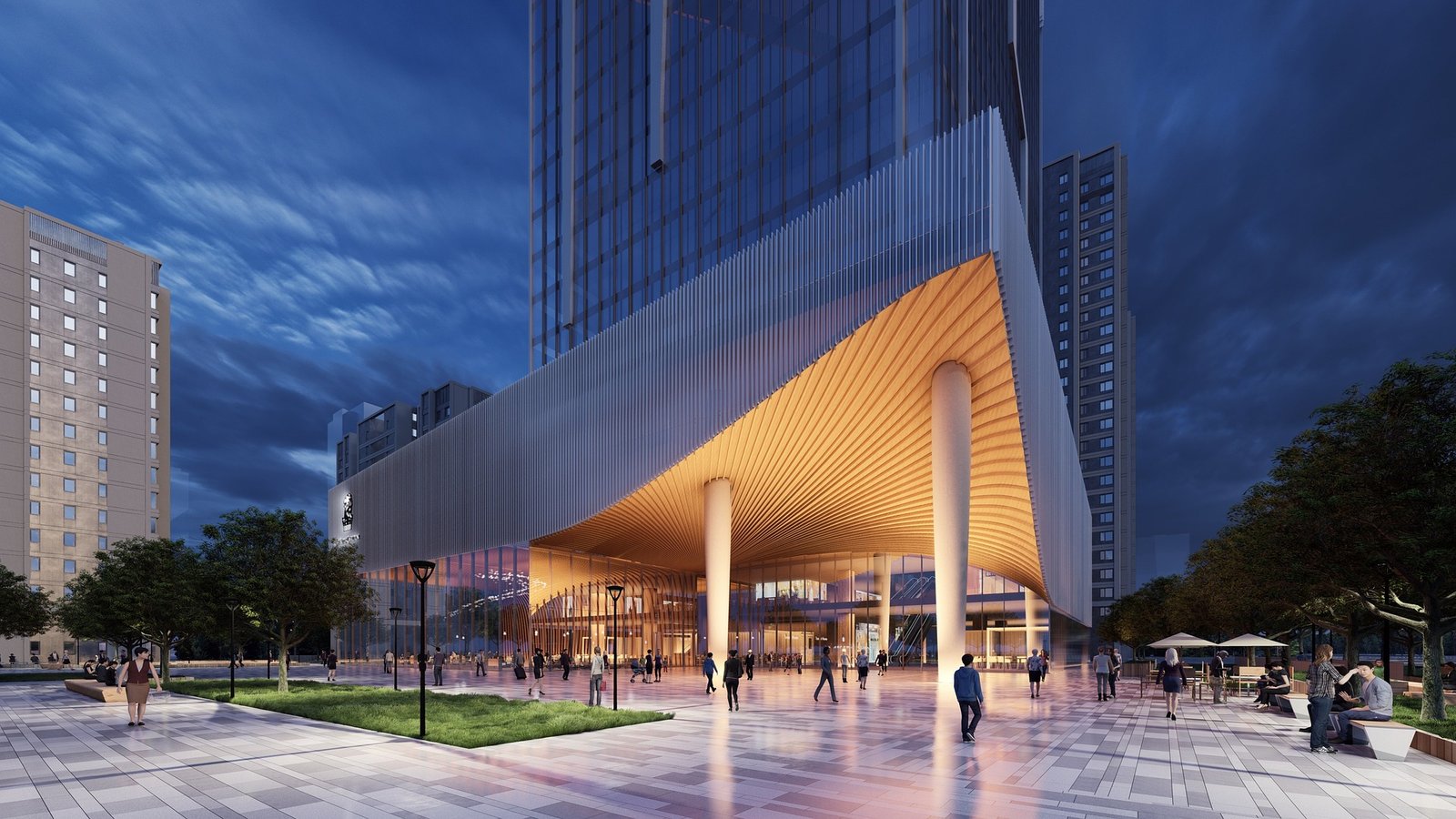In today’s fast-paced architectural and real estate industries, traditional blueprints and sketches no longer suffice to attract clients, investors, and buyers.
Enter 3D Architectural Rendering—a groundbreaking tool that combines creativity and technology to produce lifelike digital representations of buildings and interiors.
Whether you’re an architect, developer, or property marketer, understanding the fundamentals of 3D rendering is key to staying ahead in this competitive landscape.
This beginner’s guide to 3D architectural rendering explores its significance, process, benefits, and applications. Discover how this powerful tool can attract investors, boost sales, and elevate your marketing strategies.
What is 3D Architectural Rendering?

3D architectural rendering is the process of creating highly realistic digital images or animations of architectural designs using specialized software.
These renderings visually represent a building’s exteriors, interiors, or landscaping before construction begins, offering a glimpse into the finished project.
Unlike 2D drawings or blueprints, 3D renderings provide depth, detail, and context, allowing stakeholders to visualize how the space will look and feel.
From residential properties to large commercial projects, 3D rendering enhances communication, improves decision-making, and drives investment confidence.
How Does 3D Rendering Work?
The 3D rendering process involves several stages, each designed to create accurate, photorealistic representations of the design. Here’s a step-by-step breakdown:
-
Concept and Planning: Architects or developers share their design ideas, blueprints, or CAD (Computer-Aided Design) drawings with 3D rendering specialists. These initial resources form the foundation for the rendering.
-
3D Modeling: Specialists use software like 3ds Max, SketchUp, or Revit to build a digital 3D model of the project. This model includes structural elements, layouts, and details.
-
Texturing and Materials: Textures, finishes, and materials—such as wood, glass, and concrete—are applied to the model, adding realism and depth.
-
Lighting and Environment: Realistic lighting effects are added to simulate natural and artificial light, enhancing the model’s visual appeal. The surrounding environment, like landscaping or urban backdrops, is also incorporated.
-
Rendering: The model is processed using rendering software such as V-Ray or Lumion to produce high-quality, lifelike images or animations.
-
Post-Processing: Final edits, including color correction and added effects, are made to refine the visuals and achieve photorealism.
Common Tools and Software Used in 3D Rendering
The rise of 3D rendering is supported by advanced tools and technologies that allow for stunning visuals and seamless workflows. Here are some of the most popular software used in the industry:
-
3ds Max: Known for its robust modeling and texturing capabilities, widely used for architectural renderings.
-
V-Ray: A rendering engine praised for its photorealism, often paired with 3ds Max or other modeling software.
-
Lumion: Ideal for creating fast, high-quality exterior renderings and animations.
-
Revit: A favorite among architects, offering both modeling and rendering functions.
-
Blender: A free, open-source software capable of producing professional-grade renderings.
-
SketchUp: Popular for its intuitive interface and versatility, perfect for 3D modeling.
Selecting the right tools depends on the complexity of the project, required level of realism, and budget considerations.

The Benefits of 3D Architectural Rendering
1. Attracts Investors with Clear Visualization
Investors want to see the potential of a project before committing their resources. 3D renderings offer crystal-clear visuals that communicate the design’s value, fostering trust and speeding up funding decisions.
2. Boosts Property Sales
For real estate marketing, 3D rendering is a game-changer. High-quality visuals make properties more attractive to buyers, leading to faster sales and higher price points.
3. Enhances Communication and Collaboration
Renderings simplify technical concepts, enabling architects, developers, and stakeholders to align more effectively. This clarity reduces misunderstandings and minimizes costly revisions.
4. Elevates Marketing Campaigns
From social media promotions to property brochures, stunning 3D visuals create captivating content that increases engagement and generates leads.
5. Saves Time and Resources
Spotting and correcting design flaws in virtual models is more cost-effective than making changes during or after construction.
6. Showcases Design Versatility
3D renderings allow customization, presenting multiple design options, materials, or layouts to cater to diverse preferences or markets.
Challenges in 3D Rendering and How to Overcome Them
Creating professional-grade 3D renderings comes with its challenges. Here are some common hurdles and tips to address them:
1. Achieving Realism
Challenge: Rendering that lacks believable lighting or materials may look artificial.
Solution: Pay close attention to textures, reflections, and shadows. Investing in high-quality assets or collaborating with experienced renderers can make a significant difference.
2. Rendering Time
Challenge: Complex projects can take hours or days to render.
Solution: Use advanced rendering engines like V-Ray for faster processing, or consider real-time rendering software such as Lumion.
3. Communicating Design Intent
Challenge: Misinterpretations can occur if the rendering isn’t detailed enough.
Solution: Include annotations, alternate views, or interactive walkthroughs to provide context and clarity.
4. Budget Constraints
Challenge: High-quality renderings may exceed initial budgets.
Solution: Plan ahead and prioritize key visuals that have the most significant impact on marketing or decision-making.
Applications of 3D Architectural Rendering
3D rendering is versatile, finding applications across various stages of architectural and real estate projects.
-
Pre-Construction Visualization: Renderings provide stakeholders with a realistic preview of the completed project.
-
Real Estate Marketing: Developers use renderings to attract buyers through lifelike property listings and advertising campaigns.
-
Interior Design: Designers leverage 3D visuals to experiment with layouts, materials, and furnishings.
-
Investor Presentations: Photorealistic renderings are key to convincing investors of a project’s viability.
-
Renovation Planning: Renderings showcase potential upgrades or transformations for existing spaces.
3D Rendering in Action: How It Drives Business Results
3D architectural rendering is more than a visualization tool—it’s a driver of business growth. Here’s how it impacts key stakeholders:
-
For Architects: Streamlines presentations and reduces back-and-forth discussions with clients.
-
For Developers: Makes project pitches more compelling, attracting investors and boosting ROI.
-
For Marketers: Enhances campaign performance with high-quality content that grabs attention and generates leads.
The Competitive Advantage of 3D Renderings

Adopting 3D rendering as part of your architectural workflow provides an undeniable competitive edge. Here’s why:
-
Enhanced Branding: High-quality renderings position your firm or project as modern, innovative, and committed to excellence.
-
Faster Approvals: Visual clarity reduces back-and-forth discussions, speeding up approvals from stakeholders and regulatory bodies.
-
Global Appeal: Digital visuals can be shared instantly, opening doors to remote buyers and international investors.
-
Better Risk Management: 3D renderings identify potential design flaws or practical issues, minimizing costly errors during construction.
Choosing the Right 3D Rendering Partner
If you’re not ready to create renderings in-house, choosing the right partner is crucial. Here’s what to look for:
-
Experience: Review their portfolio to ensure they have expertise in your type of project, whether residential, commercial, or industrial.
-
Technology: Make sure they use advanced software capable of producing photorealistic visuals.
-
Customization: Work with a partner who tailors their renderings to your specific goals, whether boosting sales or securing investor funding.
-
Timelines: Choose a provider who can meet your deadlines without compromising on quality.
3D Rendering for Competitive Edge
3D architectural rendering is redefining the way we approach design, marketing, and investment in the architectural world. By bridging the gap between vision and reality, it empowers architects, developers, and marketers to communicate ideas more effectively, attract funding, and achieve sales success.
Whether you’re an industry professional or an aspiring developer, adopting 3D rendering can give you the competitive edge needed to thrive in today’s market.
Ready to harness the power of 3D rendering?
Partner with Us who can turn your designs into show-stopping visuals that captivate and convert.
FREQUENTLY ASKED QUESTIONS
What is 3D architectural rendering?
It is the process of creating realistic digital representations of architectural designs, showcasing exteriors, interiors, and landscapes before construction begins.
Why is 3D rendering important?
3D rendering improves communication, attracts investors, boosts sales, and reduces costly design errors.
What tools are used in 3D rendering?
Popular tools include 3ds Max, V-Ray, SketchUp, Lumion, and Revit, which help create lifelike renderings.
Who benefits from 3D architectural rendering?
Architects, developers, real estate marketers, interior designers, and investors all benefit from the clarity and impact of 3D renderings.
How does 3D rendering enhance marketing?
It produces eye-catching visuals for digital ads, brochures, and websites, driving engagement and improving property sales.
What industries use 3D architectural rendering?
Industries like real estate, architecture, construction, and interior design leverage 3D rendering to showcase projects and attract stakeholders.



